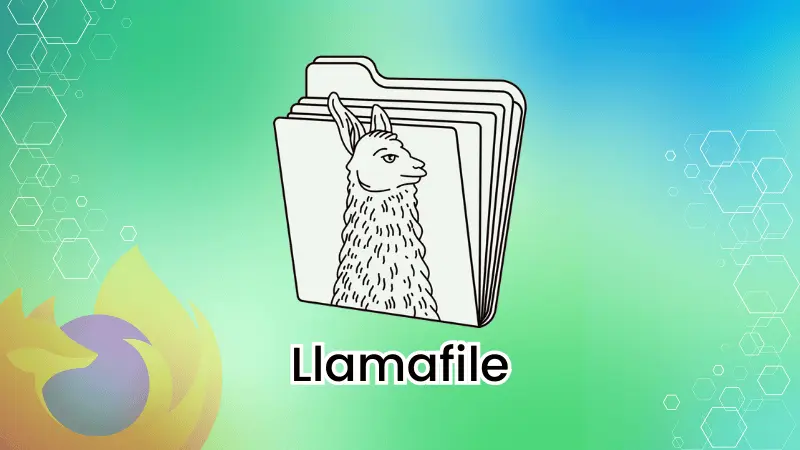minnix
Admin: lemux
Issues and Updates: !server_news
Find me:
mastodon: @minnix@upallnight.minnix.dev
matrix: @minnix:minnix.dev
peertube: @minnix@nightshift.minnix.dev
funkwhale: @minnix@allnightlong.minnix.dev
writefreely: @minnix@tech.minnix.dev
- 710 Posts
- 311 Comments
There is no way to get acceptable IOPS out of HDDs within Proxmox. Your IO delay will be insane. You could at best stripe a ton of HDDs but even then one enterprise grade SSD will smoke it as far as performance goes. Post screenshots of your current Proxmox HDD/SSD disk setup with your ZFS pool, services, and IO delay and then we can talk. The difference that enterprise gives you is night and day.
Yes you don’t need Proxmox for what you’re doing.
ZFS absolutely does not require them in any way.
Who said it does? Also regarding Proxmox:
https://forum.proxmox.com/threads/consumer-grade-ssds.141190/post-632197
Looking back at your original post, why are you using Proxmox to begin with for NAS storage??
For ZFS what you want is PLP and high DWPD/TBW. This is what Enterprise SSDs provide. Everything you’ve mentioned so far points to you not needing ZFS so there’s nothing to worry about.
Yes I’m specifically referring to your ZFS pool containing your VMs/LXCs. Enterprise SSDs for that. Get them on ebay. Just do a search on the Proxmox forums for enterprise vs consumer SSD to see the problem with consumer hardware for ZFS. For Proxmox itself you want something like an NVME with DRAM, specifically underprovisioned for an unused space buffer for the drive controller to use for wear leveling.
ZFS is great, but to take advantage of it’s positives you need the right drives, consumer drives get eaten alive as @scrubbles@poptalk.scrubbles.tech mentioned and your IO delay will be unbearable. I use Intel enterprise SSDs and have no issues.

 6·1 month ago
6·1 month agoGlad to see Pine64 still producing new hardware.
I love all of the gimmicks Castle had back in the day. I believe he had a waiver you would sign at one of his films saying you would not hold him responsible if you had a heart attack. And he had the shocking seats for The Tingler.

 122·2 months ago
122·2 months agoIn the words of Carville, it’s the economy stupid. Migration is and has always been driven by employment. Currently unemployment is rising while vacancies are stabilized and predicted to decrease, hence lower rates of immigration. Political posturing has zero effect on this basic rule of economics.

 8·2 months ago
8·2 months agoThe GBA SP is still my favorite form factor to this day.
Check out their matrix https://pine64.org/community/

 1·2 months ago
1·2 months agoVery cool. Thanks for this.
Yes they can. The vote will not show up logged in from your instance but it will show up on the instance the user votes from.

 11·2 months ago
11·2 months agoSo many. How many is so many? A majority? A minority? You realize libertarians aren’t a monolith following groupthink ideology right? Libertarianism itself is nothing more than a philosophical statement that human interactions be voluntary. Are you a libertarian? If so, what do you believe? If not, what is your opinion regarding individual autonomy?

 21·2 months ago
21·2 months agoLibertarianism isn’t broken despite Tucker’s thoughts to the contrary. There are many libertarians that believe in science.

 6·2 months ago
6·2 months agoI read long ago you had to get malware on the air gapped machine first to begin with, and then it’s only accessible within a few meters. Also it can’t be accessed through walls. That was years ago though, maybe it’s changed now.

 25·2 months ago
25·2 months agoSomeone else, whose identity was not known when the case was presented to a grand jury, poured an accelerant on the cat and set it on fire, the indictment against Williams says. The animal running away on fire was also recorded on video.
Didn’t Jeffrey Dahmer start out by torturing and killing cats?























I was asking them to post their setup so I can evaluate their experience with regards to Proxmox and disk usage.